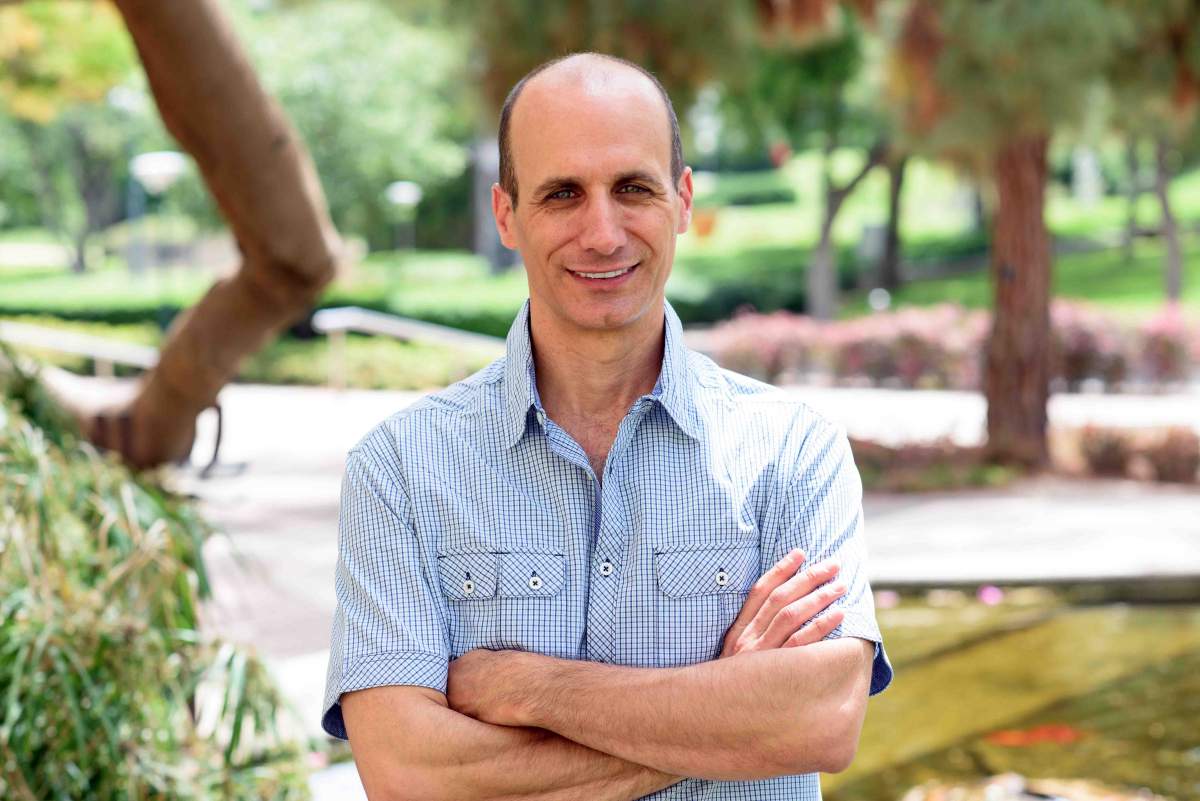Are you a journalist? Please sign up here for our press releases
Subscribe to our monthly newsletter:

When a group must work by consensus but each member has its own direction, the result can be frustration and inaction. But sometimes, the frustration can give way to a new type of movement that does not fit the direction of any one member. This view of group dynamics is not a description of student meetings – it arises from a study conducted on migrating cancer cells. The international group that conducted the study included Prof. Nir Gov of the Chemical and Biological Physics Department of the Weizmann Institute of Science, and the results were published in Science Advances.
When the cells in our bodies migrate – for example, during embryonic development, wound healing or in metastatic cancer – they often move together in formations that are reminiscent of flocks of birds or schools of fish. Observations of migrating clusters of cancer cells revealed three distinct types of movement: “running forward” in a clear direction (or translational, as they translate into progress), orbiting as a group around an axis (rotational), or completely random, uncoordinated movement in which the group as a whole makes little or no progress in any direction. Gov and the research group noted that the transitions between the three different types of formation appear to be random. The cluster movement of cells is translational about 40% of the time and rotational some 35% of the time. In contrast to schools of fish, which tend to undergo transitions from one state to another when they hit a barrier (for example, the side or the aquarium), the cells in the experiment seemed to change their group motion patterns spontaneously.
To understand this apparently random switching between migration patterns, the scientists created a computer model in which each cell was represented by a unit that had an intended direction but which also tried to coordinate with the average directions of the cells around it. This model produced two of the three possible patterns, translational and anarchic, but the middle way – rotation – did not arise from this model. The researchers found that the transitions between these phases were dependent on the amount of noise in the model. That is, above a certain noise level, the cells could not work as a group and their movements became random (in a so-called “disordered” phase). “The cell is essentially a noisy being, governed by internal processes that are more or less random, and it never travels in a straight line.” says Gov. ”After we ran this model, we asked ourselves why it is was unable to come up with the rotational type of movement.”
In the next version of their model, the scientists created a system that was not uniform: The cells on the outer edges of the formation were granted greater motility than those in the center. The researchers then ran a simulation in which the noise level was high enough to get the inner group of cells to move randomly (“disordered” phase) but low enough that the cells on the outside tended to run forward (“ordered” phase). The gap between the situation in which the inner cells found themselves and that of the outer cells created a tension, known in physical terms, as frustration. Gov: “The outer cells, which would run forward if left on their own, are saddled with the sluggish, disorderly internal cells. If the outer cells cannot push the inner ones forward, the second-best option – running in circles – may be preferable to the nonproductive randomness of the third. In this way, cells preserve their own high levels of motility, as well as coordinating movement with the cells nearest them. As they rotate around the group, they sweep the inner cells along in their path.”
Creating this disparity between the inner and outer cells was an informed choice on the part of the scientists. It was known, for example, that cell motility drops the more closely a cell is surrounded by others. In contrast, cells in tissue – cells that are meant to stay put -- have been observed moving when an empty space opens up, as in cases of injury. So the scientists added to their model the stipulation that cells that have fewer neighbors – e.g., those on the outer edges of the cluster – would be more motile.
Although the researchers used cancer cells in their experiments, the model should hold for other kinds of cell migration. This study was the fruit of collaboration between physicists and biologists, and it was led by research student Katherine Copenhagen in the group of Prof. Ajay Gopinathan in the University of California at Merced.
Models of collective movement are usually uniform, giving each unit the same properties. But this research – in starting with a system that was not uniform – demonstrated how new behavior can arise, even when the basic rules of the system have not changed. “And one of the mechanisms that leads to new behavior is frustration,” says Gov. Gov is a physicist who investigates collective movement in groups of living things, and the study’s findings, he says raise new questions: “Animals that travel in flocks sense their neighbors and use their brains to make decisions based on this information. But cells do this without eyes or ears, and without complex information-processing abilities. We assumed these abilities in our model, but it will require more research to unlock the mechanisms in cells that enable them to migrate in clusters.”
Prof. Nir Gov is the incumbent of the Lee and William Abramowitz Professorial Chair of Biophysics.